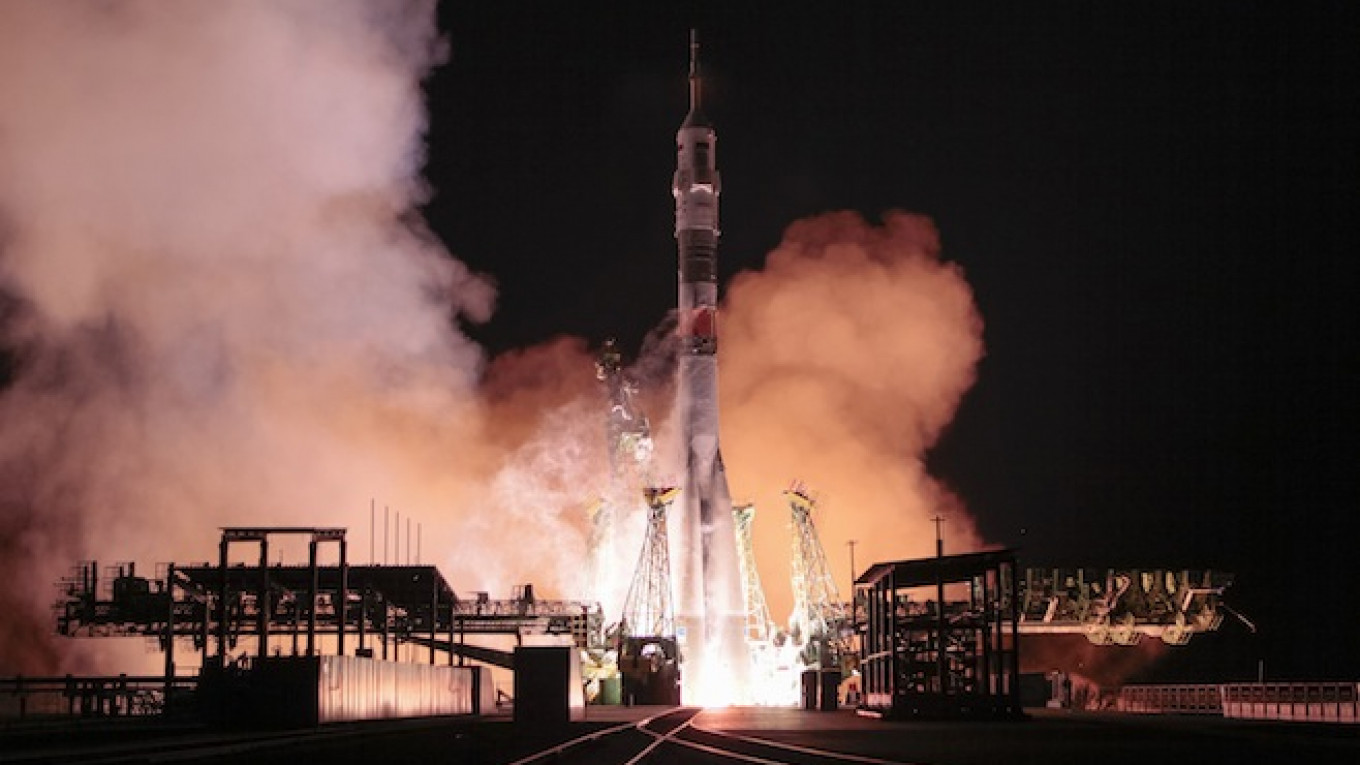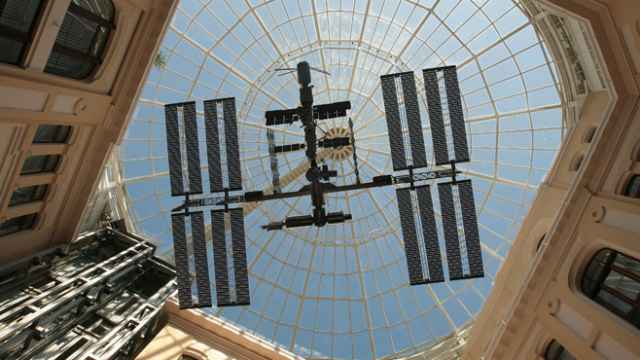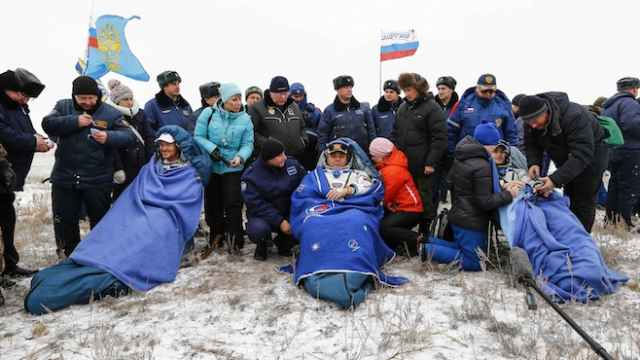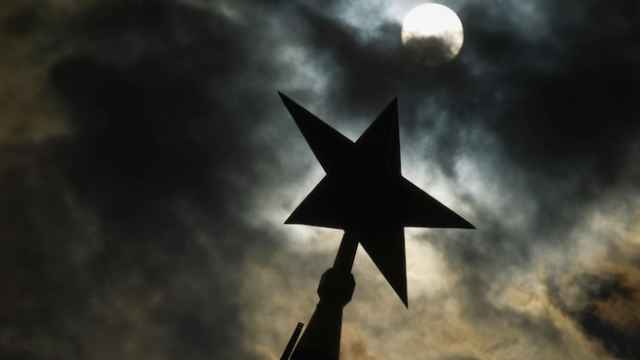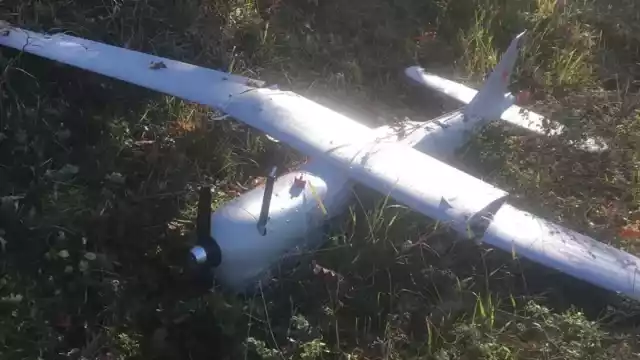A Russian Soyuz rocket has blasted off from the Baikonur Cosmodrome in Kazahkstan to deliver three new crew members to the International Space Station, including Italy's first female astronaut.
See the Photo Gallery: Soyuz Rocket Launches 3 New ISS Crew Members Into Space
A Soyuz capsule carrying incoming station commander Terry Virts from U.S. space agency NASA, Soyuz commander Anton Shkaplerov from the Russian Federal Space Agency and first-time flier Samantha Cristoforetti of the European Space Agency lifted off at 9:01 GMT Sunday.
Less than six hours later, the capsule flew into a berthing port on the Russian side of the station as the two ships sailed about 260 miles (418 km) over the central Pacific Ocean, NASA mission commentator Kyle Herring from the Johnson Space Center in Houston said.
The station, owned and operated by 15 nations, serves as an orbiting laboratory for life science, materials research, technology development and other experiments using the unique microgravity environment and vantage point of space.
"I think that 100 years from now, 500 years from now, people will look back on this as the initial baby steps that we took going into the solar system," Virts told a pre-launch press conference.
"In the same way that we look back on Columbus and the other explorers 500 years ago, this is the way people will look at this time in history."
The $100 billion research laboratory has been short-staffed since Nov. 9 when Russian cosmonaut Maxim Surayev, European astronaut Alexander Gerst and NASA's Reid Wiseman returned home after 5-1/2 months in orbit.
The new crew faces a busy six months in orbit, including a trio of spacewalks to prepare the station for a new fleet of U.S. commercial space taxis due to begin flying astronauts to the station in late 2017.
Cristoforetti, 37, an Italian Air Force pilot, deflected questions about being Italy's first female astronaut during a webcast prelaunch press conference from Kazakhstan on Saturday.
"I have done nothing special to be the first Italian woman to fly to space. I just wanted to fly to space, and I happen to be the first," Cristoforetti, who was speaking in Russian, said through a translator.
A Message from The Moscow Times:
Dear readers,
We are facing unprecedented challenges. Russia's Prosecutor General's Office has designated The Moscow Times as an "undesirable" organization, criminalizing our work and putting our staff at risk of prosecution. This follows our earlier unjust labeling as a "foreign agent."
These actions are direct attempts to silence independent journalism in Russia. The authorities claim our work "discredits the decisions of the Russian leadership." We see things differently: we strive to provide accurate, unbiased reporting on Russia.
We, the journalists of The Moscow Times, refuse to be silenced. But to continue our work, we need your help.
Your support, no matter how small, makes a world of difference. If you can, please support us monthly starting from just $2. It's quick to set up, and every contribution makes a significant impact.
By supporting The Moscow Times, you're defending open, independent journalism in the face of repression. Thank you for standing with us.
Remind me later.


